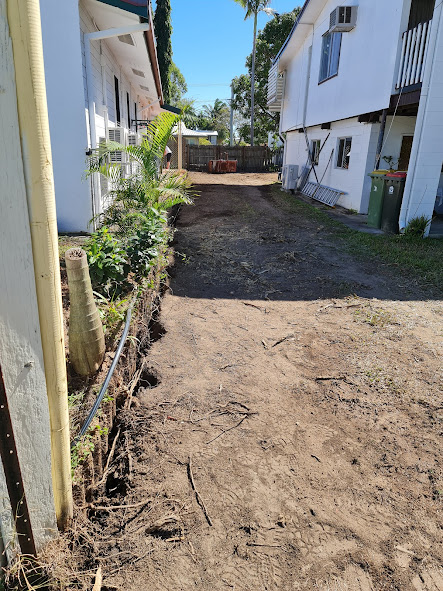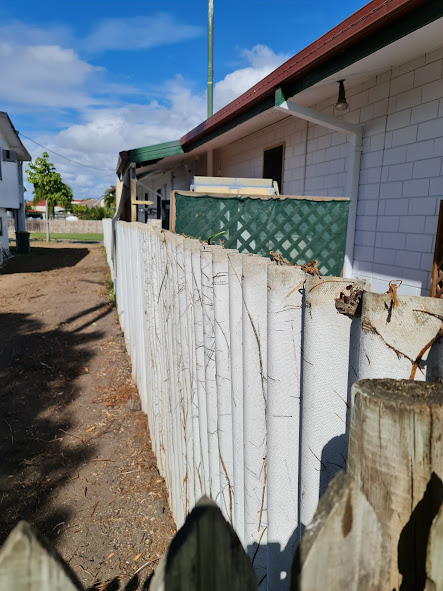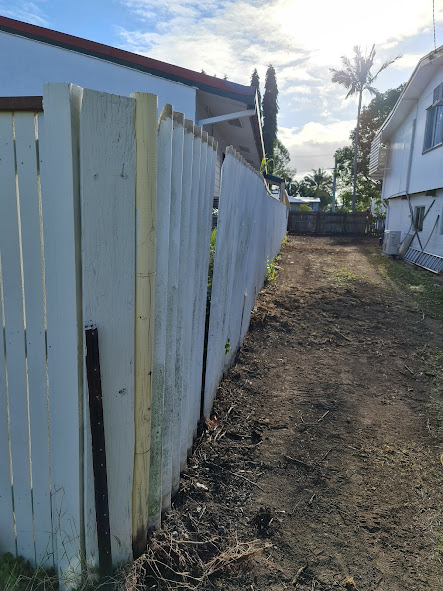Engaging Introductions: Capturing Your Audience’s Interest
Asbestos was once hailed as a “miracle material” for its durability, heat resistance, and affordability. Unfortunately, it’s now widely known for its health risks, particularly its link to serious respiratory diseases such as asbestosis and mesothelioma. While the use of asbestos in building materials has been banned in Australia since 2003, many older homes—especially those built before the 1990s—still contain asbestos in various forms.
Whether you’re a homeowner planning renovations or a builder working on older properties, understanding where asbestos might be lurking is crucial for safety. Below, we’ll outline the most common areas in Australian homes where asbestos-containing materials (ACMs) can be found.
1. Roofs
Asbestos cement sheets were widely used in roofing materials for decades. These “fibro” sheets were valued for their strength and resistance to weathering, but they pose significant risks if they become damaged or degrade over time. Roofs with asbestos are particularly vulnerable to wear and tear from the elements, which can release dangerous fibers into the air. Homeowners with older corrugated roofs or roof tiles should treat any signs of damage as a red flag.
2. Eaves and Gutters
The eaves of many Australian homes built before the 1990s are lined with asbestos sheeting. These areas are often overlooked during renovations or maintenance, but any drilling, cutting, or disturbance can release asbestos fibers. Additionally, gutters attached to asbestos roofs may collect debris containing asbestos, which can be hazardous when cleaned.
3. Ceilings
Asbestos was commonly used in ceiling panels and tiles, particularly in textured or “popcorn” ceilings. These materials are often found in living rooms, bedrooms, and hallways. Over time, ceiling materials can crack or degrade, releasing asbestos fibers into the air. If your ceiling has a textured finish or was installed before the 1990s, it may contain asbestos.
4. Walls and Cladding
Internal and external walls of many older homes were constructed using asbestos cement sheeting. This cladding was popular for its fire-resistant properties and ease of installation. While generally safe if left undisturbed, any renovation work—such as removing walls or drilling—can release harmful fibers. External wall cladding, especially weatherboard-style sheets, is another common location for asbestos.
5. Flooring
Vinyl flooring, especially the backing material, often contained asbestos to improve durability and insulation. These materials were widely used in kitchens, bathrooms, and laundry areas. If you’re planning to remove old vinyl flooring or tiles, it’s essential to test for asbestos first, as even scraping adhesive residues can release fibers.
6. Bathrooms and Kitchens
Wet areas such as bathrooms, kitchens, and laundries are hotspots for asbestos-containing materials. Asbestos was commonly used in wall sheeting, splashbacks, and behind tiling for its water-resistant properties. In bathrooms, old cement sheeting lining walls or ceilings and even insulation around pipes may contain asbestos.

7. Garages and Sheds
Detached structures like garages, sheds, and carports often contain asbestos in roofs, walls, and even doors. These areas are often more exposed to weathering, which increases the risk of fibers becoming airborne. If you’re renovating or demolishing these structures, an asbestos inspection is a must.
8. Pipes and Flues
Asbestos was widely used to insulate pipes, particularly those for hot water systems and heating. Flues from old wood heaters or chimneys may also contain asbestos. Over time, these materials can degrade, especially with heat exposure, posing significant risks.
9. Fencing
Asbestos cement was a popular material for fencing in the mid-20th century. Many homes still have asbestos fences, which are prone to damage from weathering, accidents, or age. Broken or cracked fences can release asbestos fibers into the surrounding area, potentially affecting neighboring properties.




Safety First: What to Do If You Suspect Asbestos
If you suspect that your home or a property you’re working on contains asbestos, it’s crucial to take the right steps:
Follow Legal Guidelines: Ensure all work involving asbestos is conducted in accordance with local and federal laws to protect yourself and others.
Avoid Disturbing the Material: Do not drill, cut, sand, or otherwise disturb any material you suspect contains asbestos.
Hire Professionals for Testing: Engage a licensed asbestos inspector to test and confirm the presence of asbestos.
Use Licensed Removal Services: If asbestos is found, hire a licensed asbestos removal company to handle the material safely and in compliance with Australian regulations.
Conclusion
Asbestos remains a hidden danger in many Australian homes. By knowing the common areas where asbestos might be found, homeowners, builders, and service providers can take proactive steps to ensure safety. Whether you’re planning a renovation, demolition, or simply maintaining an older property, always treat asbestos with caution and seek professional help when needed.
Your safety, and the safety of those around you, is worth the investment. If you have concerns about asbestos in your home, contact Asbestos Group Australia for expert advice and assistance.


